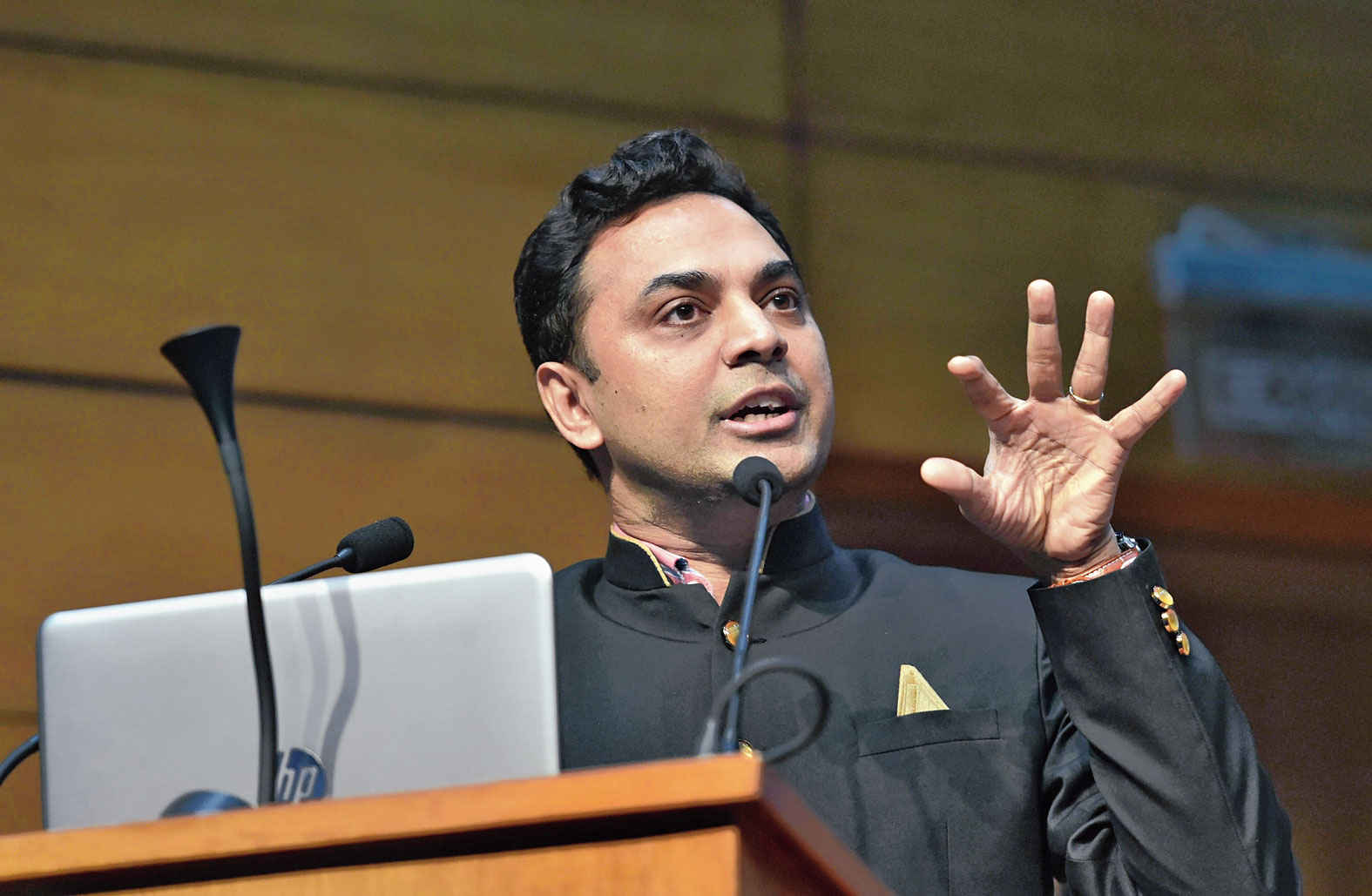I wrote on New Year’s Day about Arvind Subramanian — the chief economic adviser who would barge into Arun Jaitley’s room and shower him with bright policy ideas, only to be politely listened to and ignored. I got the impression that the National Democratic Alliance government knew little economics and cared even less for it. In a matter of months after he resigned as CEA, Subramanian wrote a book in which he showed that India’s growth correlated poorly with that of other important countries, and wondered whether Indians were calculating their gross domestic product correctly. The government was outraged: how did he dare question its competence? That was not said by the CEA, since there was none; it was the Planning Commission — sorry, Niti Aayog — that contradicted him. Subramanian was not replaced for months, so I assumed the government thought it knew as much economics as it could use, and would do without a CEA.
And then one day I read that it had got a CEA — Subramanian. I thought it had made up with Arvind and taken him back to avoid paying him damages for wrongful separation. I could not be more wrong. It was another, younger Subramanian — Krishnamurthy this time. I had thought it would get a home-grown, Hindutwit economist. But it proved me wrong again. Krishnamurthy did his PhD in Booth School, Chicago, under the supervision of Raghuram Rajan — whose term as the governor of the Reserve Bank of India the present government did not extend — and Luigi Zingales. He has taught in the Goizueta Business School, named after Roberto Goizueta, who headed Coca-Cola and grew its sales from $4 billion to $150 billion in 16 years. It is in Emory University, which boasts of 19 restaurants in its neighbourhood, including Paradise Biryani Pointe and Which Wich? More recently, he taught in the Indian Business School in Hyderabad.
I admired Arvind Subramanian’s Economic Surveys, the best produced in my memory. Krishnamurthy has just brought out one which could not be more different. His first chapter is presented as or is meant to be a departure from ‘Anglo-Saxon economics’. It is not called Holy-Hindu economics, but I myself do not see how it is different. His methodological squabble with conventional economics is trivial and inconsequential, so I will ignore his first chapter.
Krishnamurthy is sold on the economic policy uncertainty index. It was developed in 2015 by Scott Baker, Nicholas Bloom and Steven Davis. Simply put, it measures the frequency with which a policy issue is mentioned in newspapers. Krishnamurthy calculated it for India. It was at a peak of 250-300 in 2011-12; then it started falling, and was mostly in the range of 50-100 from 2013 onwards, including the period of NDA rule, whilst the global EPU went up from 2015 onwards. Most Indian macroeconomic variables improved with EPU, but investment-income ratio did not. The Survey ignores this. India’s high growth rate and low investment rate offer a conundrum which the CEA needs to think more about.
India has been slow by world standards in bringing down population growth rate. But it is coming down; the Economic Survey reckons that given the low ratio of women to men in India, it may be close to the replacement fertility rate, at which population ceases to grow: it projects a drastic fall in population growth from 1.77 per cent a year in 2001-2011 to 0.46 per cent in 2031-41. That will mean a fall in the number of young people going to school. If the average distance children have to travel to school is to be kept under control, the number of children per school will fall everywhere. It is happening already. Kerala provides schooling to all its children; its proportion of schools with under 50 children went up from 6 to 25 per cent. By the 2040s, almost all schools may have under 100 children; it would be very expensive for them to have 11 standards with under 10 children each. We should be rethinking education, and looking at models such as Finland’s.
India has less than half a hospital bed per thousand people, against two to three in most industrial countries and 12 in Japan. Our population is aging, and more of the old get sick. Hospitals are expensive to build and run; we should be thinking of some other solutions. Like everywhere, our people are living longer; they will have to be supported after they retire, from the savings of a falling population of young workers. All these are serious problems to come; the Economic Survey offers no solutions, but at least points them out.
The prime minister is very keen on ‘clean’ India, meaning one in which people do not just walk out and defecate in the open — in official terms, on open-defecation-free India. There are 6,40,000 villages; the government has been building 20-30 million toilets a year. As a result, just over 2,00,000 — roughly a third — of the villages are ODF. Another graph in the survey shows over 90 per cent of houses in all states except Odisha as having household latrines (not toilets; I do not know the difference). A third chart shows Goa to be 5.84 per cent ODF, which looks absurdly low when compared to other states. The three sets of figures suggest the CEA should have a second look.
It is candid of the Survey to disclose that just 2,000 of the 3.4 million cars sold in India in 2017 were electric. It is of the view that shortage of electric chargers is the reason. But it is a chicken-and-egg problem: electric cars will not be bought unless there are convenient chargers around a city, and chargers will not come up unless there are cars coming for recharge. Hence the way to promote electric vehicles is to concentrate on a few cities and install a lot of chargers. But even without electric vehicles, India is quite well advanced in solar electricity: it has set up solar panel farms and connected them to the electricity grid. It would be far better to invest more in this established technology.
Krishnamurthy Subramanian’s Economic Survey is a very good first attempt. It has some imperfections, but that is natural. Every CEA is different; so will be his style and interests, and they will be reflected in the Survey. Subramanian the earlier showed what could be achieved by departing from the standard model; we can expect more departures in new directions from Subramanian the later, and look forward to enjoying them. He may also go back to his first effort and rework, revise and repair his constructions. That is how economics improves. And let us hope that the finance minister will listen to her CEA with a willingness to learn. For her budgets have a major influence on the economy; the CEA can help to get the macroeconomics right. It is a new team, and it would be mistaken to expect perfection from it. But it can do better in later efforts; it is to be hoped that it will get the time to do so.













